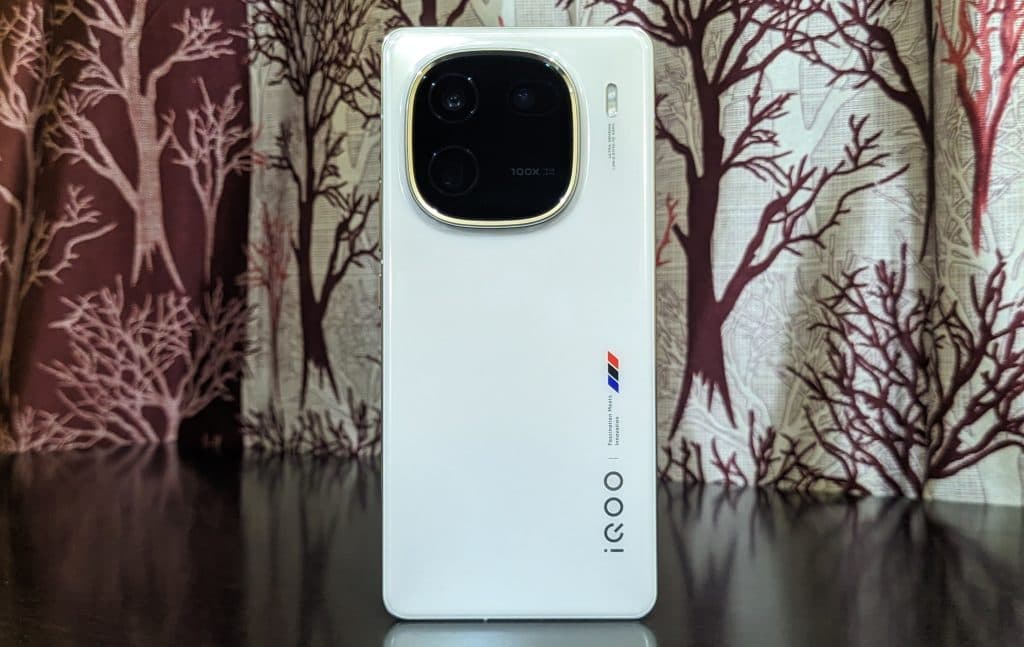Why I ditched a Samsung phone for a brand you’ve never heard of
 Dexerto
DexertoI have been using the Samsung Galaxy S23+ for quite some time, but I recently ditched it for an iQOO 12. Here’s why.
Samsung makes some of the best Android phones out there. Now that I have stated the obvious, it’s also worth mentioning that many other brands out there give Samsung phones a run for their money. iQOO is one of them.
I don’t blame you if you’ve never heard of the brand before. iQOO phones aren’t a thing over in the US, and their popularity isn’t massive in Europe either.
The company came into existence in 2020 as a Vivo sub-brand, which itself is a part of BBK Electronics — the company that also owns OnePlus. This arrangement might seem confusing, but it’s all the same company at the end of the day.
I reviewed iQOO’s latest flagship — the iQOO 12 — back in December 2023, and have been using it as my daily driver since then, ditching my Samsung Galaxy S23+. My experience so far has been pretty great, and I don’t see myself going back to Samsung flagships any time soon.
I can’t get enough of the cameras
 Dexerto
DexertoThe iQOO 12 surprised me with its camera system. Considering that the phone costs less than $600, I didn’t expect much from its cameras. Having tested iQOO phones before, the cameras were a little underwhelming. Honestly, I had my prejudices, but was pleasantly surprised by what appears to be a flagship-grade camera setup on the iQOO 12.
There is a 50MP primary camera, a 50MP ultrawide, and a 64MP telephoto for 3x optical and up to 10x lossless zoom. All these cameras do a decent job, but what shines the most is the 64MP telephoto. It boggles the mind how iQOO managed to squeeze in this camera sensor on the phone while keeping the price so low, but I’m glad they did.
The pictures clicked with 3x zoom offer a high level of detail, just the right sharpness, lively colors, and low noise. It also offers a wide dynamic range and overall great contrast. Pressing the shutter button captures an image quickly, and taking an outright bad photo is difficult. Even when using the 10x zoom, the camera captures a solidly clear picture.
The quality starts to deteriorate once you go higher than 10x, but in real-life usage, you never need to use more than 10x. The overall image quality while using the telephoto camera has been much better than that of my Galaxy S23+, which has a 10MP telephoto lens and costs $999.
Portrait mode photos also look really good. iQOO’s edge detection is on par with the Samsung Galaxy S23+, even when working in low-lighting conditions. However, the S23+ shines when it comes to selfies, while the front camera of the iQOO 12 falls short in quality.
The battery life situation
Long battery life matters more to me than any other feature. My regular charging schedule has me juicing up my phone in the morning, and bidding adieu to the charger for the rest of the day, which means that fast charging speeds are really, really important.
The Samsung Galaxy S23+ takes around an hour to charge from 0 to 100. That’s not bad, considering iPhones and Pixels take even more time. However, the battery life situation on the S23+ hasn’t been too great, in my experience.
Don’t get me wrong. The S23+ has a solid battery that easily gives six hours of screen time, but I was able to get a lot more from the iQOO 12. The smartphone managed to provide over eight hours of screen-on time and lasted around two days on a full charge. And speaking of charging, it takes just 26 minutes to fully charge, thanks to its 120W charger that ships with the phone.
It runs silky-smooth
 Dexerto
DexertoThe iQOO 12 rocks the newest Snapdragon 8 Gen 3 chip, which smokes the older Snapdragon 8 Gen 2 in the Samsung Galaxy S23+. For gamers, this means the iQOO 12 is the clear winner. Games like Genshin Impact and Honkai Star Rail run super smooth, and the phone barely even gets warm. Plus, the speakers are loud and the vibration feedback is amazing, some of the best out there.
The display of the iQOO 12 is also excellent. It’s not quite Samsung-level, but it’s pretty solid. The colors are vivid, and the brightness is higher than the S23+ at a peak of 3000 nits, as is the refresh rate at 144Hz.
It all makes up for a super cohesive package, which has made me abandon my flagship phone for good. Considering how much the handset costs, it certainly made me rethink if spending thousands on the biggest, best thing is worth it at all.









